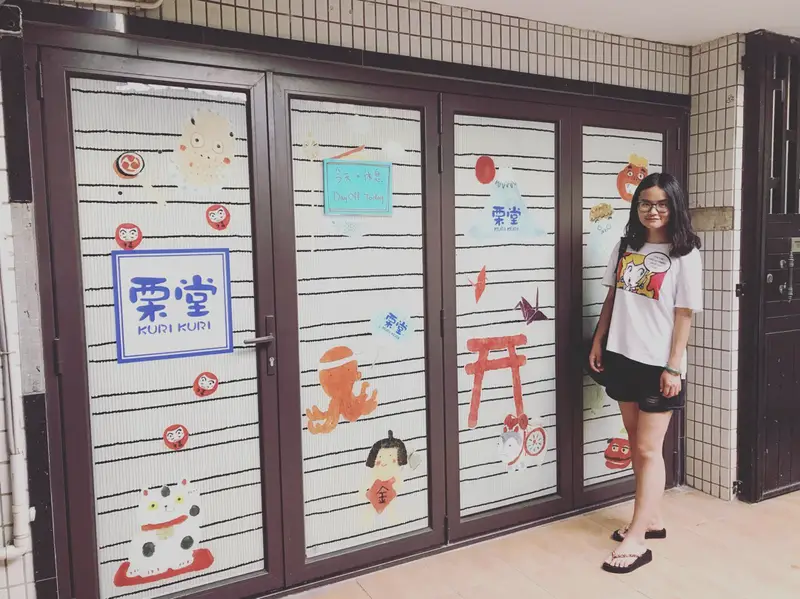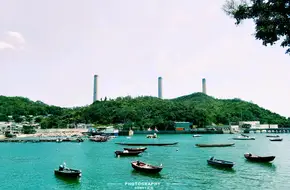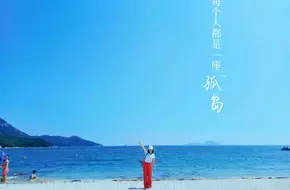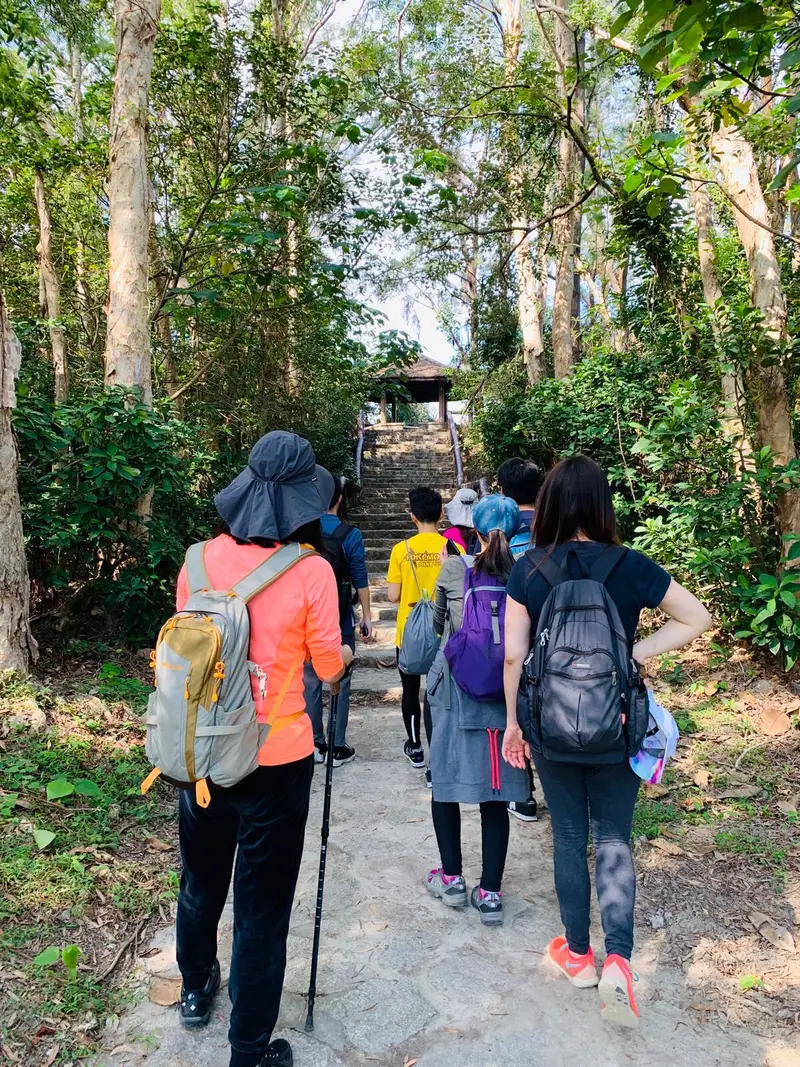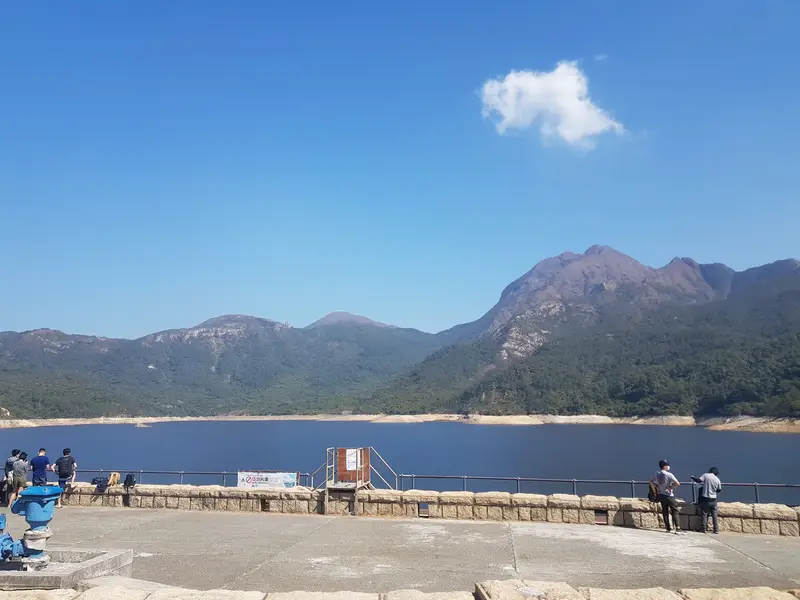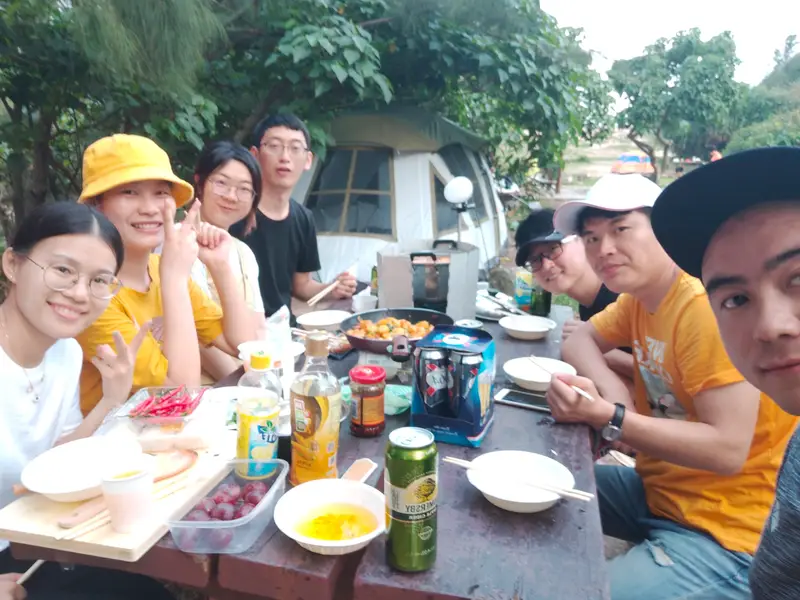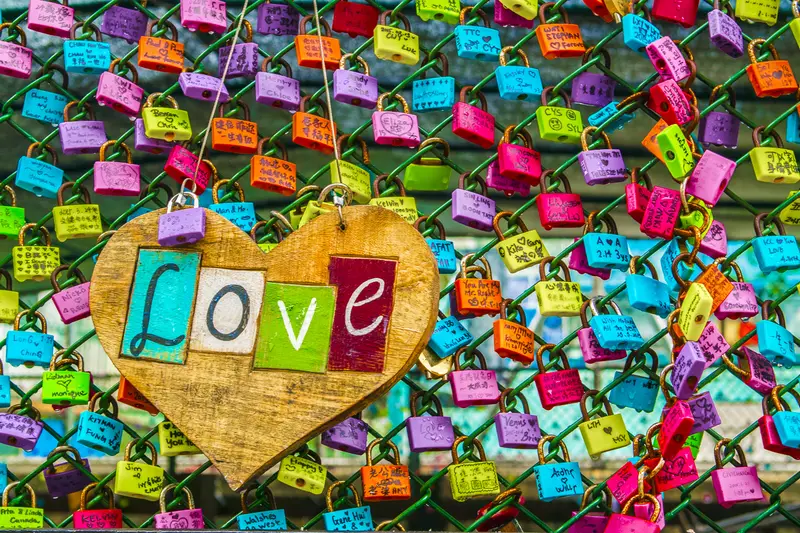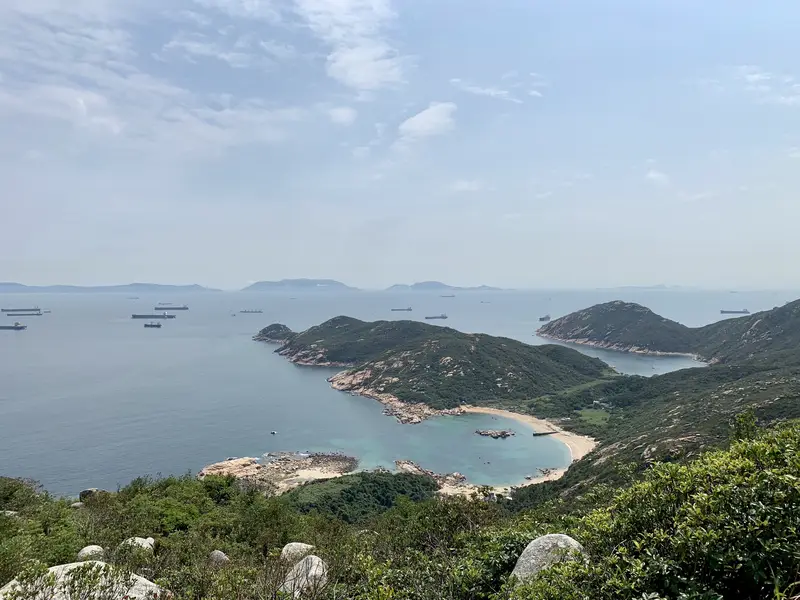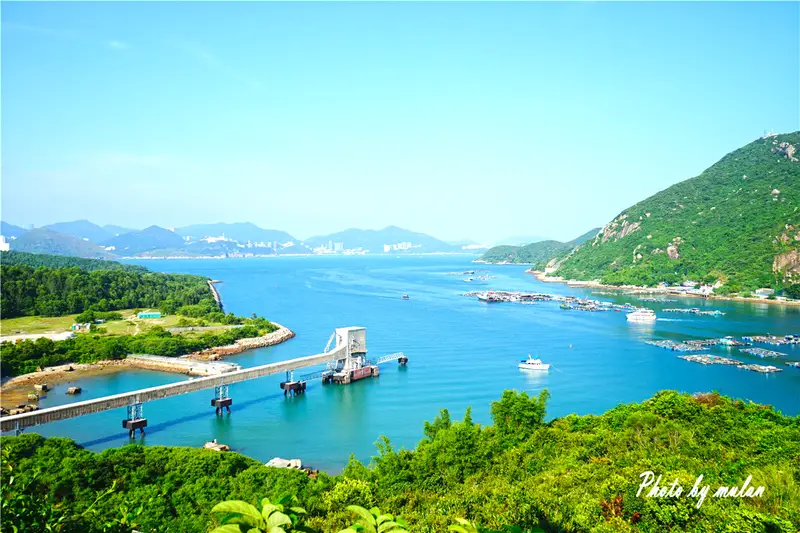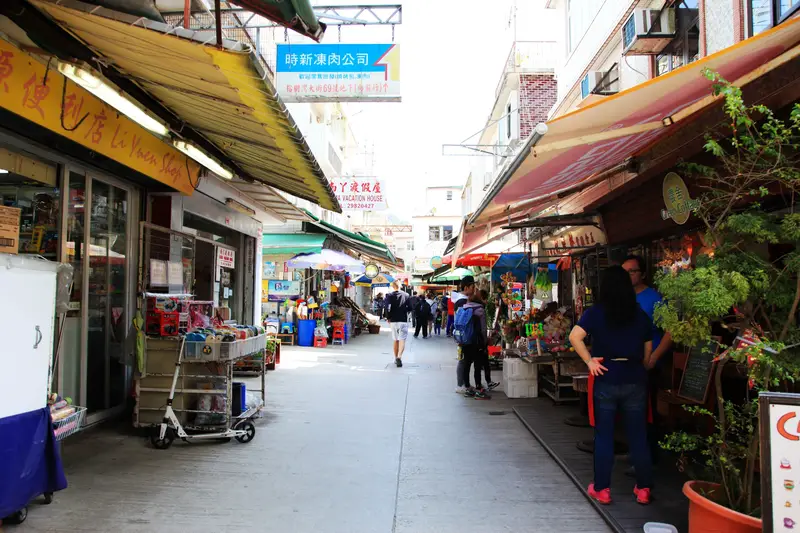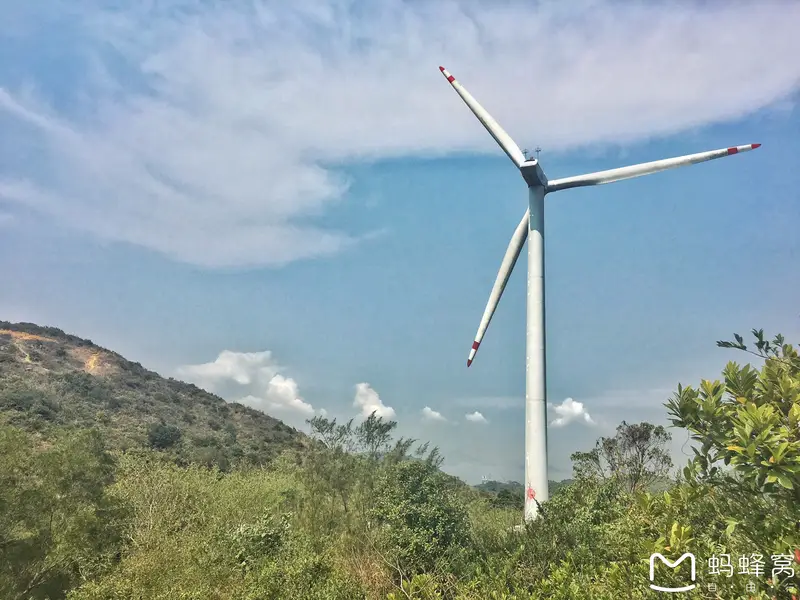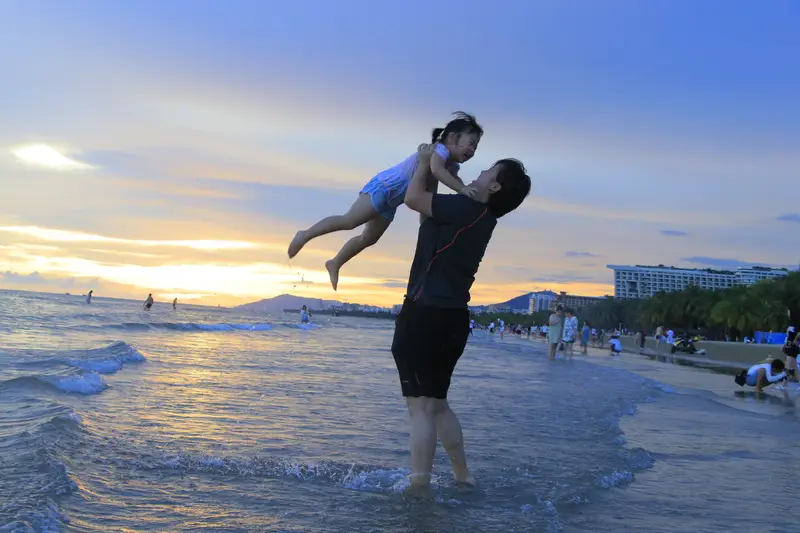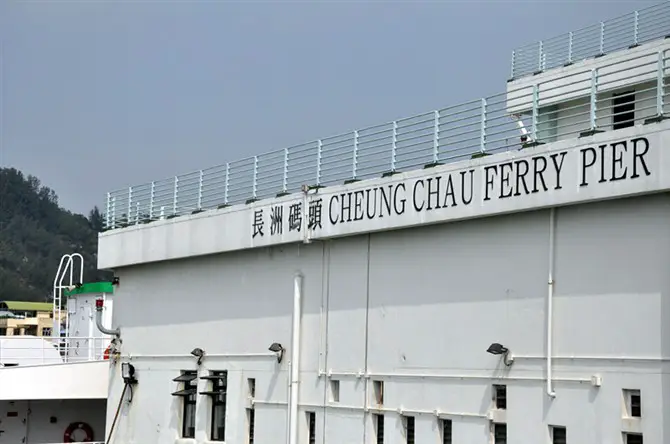Lamma Fisherfolk’s Village sits on the southeastern corner of Lamma Island (also known as South Island), a short ferry ride from Hong Kong Island or Tsim Sha Tsui. The village is nestled in Sok Kwu Wan (a bay with calm waters), making it a peaceful escape from the city buzz. To reach here, take the Star Ferry from Central (HK$35, 30-minute ride) or the Taiwanese Ferry from Tsim Sha Tsui (HK$25, 45-minute ride). Once you dock at Sok Kwu Wan Pier, follow the winding paths past seafood restaurants—you’ll spot colorful fishing boats and traditional wooden houses lining the waterfront.
Pro tip: Arrive early! The village wakes up around 9 AM, and morning light makes the pastel-hued houses look even more vibrant.
Natural Scenery: A Blend of Sea, Sky, and Hills
What makes Lamma Fisherfolk’s Village special? Its postcard-perfect setting. The village hugs a bay framed by low hills, where emerald waters lap against weathered wooden piers. On clear days, the South China Sea sparkles like glass, and you’ll see locals diving off jetties or hauling nets. A short hike up Lun Tsai Road (near the village) leads to a ridge with panoramic views—perfect for sunset photos. Keep an eye out for leatherback turtles (they sometimes nest on Lamma’s beaches!) and frigatebirds soaring overhead.
For beach lovers, Sok Kwu Wan Beach is a 5-minute walk away. It’s not your typical golden sand, but the rocky shoreline feels wild and authentic. Bring snorkeling gear to explore tidal pools teeming with starfish and clownfish.
Cultural Roots: Life of a Fishing Village
Step into Lamma Fisherfolk’s Village, and you’re stepping back in time. This isn’t a museum—real families still live here, continuing traditions passed down for generations. Wander through narrow lanes to see stilt houses (raised on wooden legs to withstand typhoons) and sampan boats painted in bright reds and blues. Many homes double as workshops: you might catch elders mending nets, drying squid, or carving intricate wooden fish talismans.
Don’t miss the Lamma Fishermen’s Museum (free entry!), where old tools, antique maps, and life-sized dioramas explain the island’s history. Try your hand at traditional weaving at one of the family-run stalls—they’ll teach you to craft palm-leaf hats or knotted fishing nets.
Dining & Relaxation: Fresh Seafood & Island Vibes
After exploring, refuel at the village’s seafront eateries. Order the catch-of-the-day (ask for daily specials)—think garlicky clams, grilled squid, and tong chong (oyster omelette). For something sweet, grab a coconut milk pudding from the corner shop. Most places offer plastic stools by the water, so you can dip your feet while you eat.
Need a break? Hammocks hang under cashew trees at Sok Kwu Wan Recreation Ground, a 10-minute walk away. There’s also a tiny temple dedicated to Tin Hau (Goddess of the Sea), where you can light incense and thank the ocean gods for safe travels.
Insider Tips for Your Visit
- Best time to visit: Weekdays (weekends get crowded with Hong Kong day-trippers).
- What to bring: Sunscreen, cash (some stalls don’t take cards), and hiking shoes if you plan to explore trails.
- Hidden gem: At low tide, walk to Ham Ham Bay (a 20-minute rocky path away) for a secluded swimming spot.
- Avoid: High season typhoons (check weather apps!) and afternoon siesta times (shops might close between 1–3 PM).
Whether you’re snapping photos of stilt houses, tasting salted egg yolk crab, or watching fishermen repair sampan nets, Lamma Fisherfolk’s Village offers a glimpse into Hong Kong’s maritime soul. Just remember: respect the locals’ privacy—this isn’t a staged attraction, but a living, breathing community.
Word count: ~850


